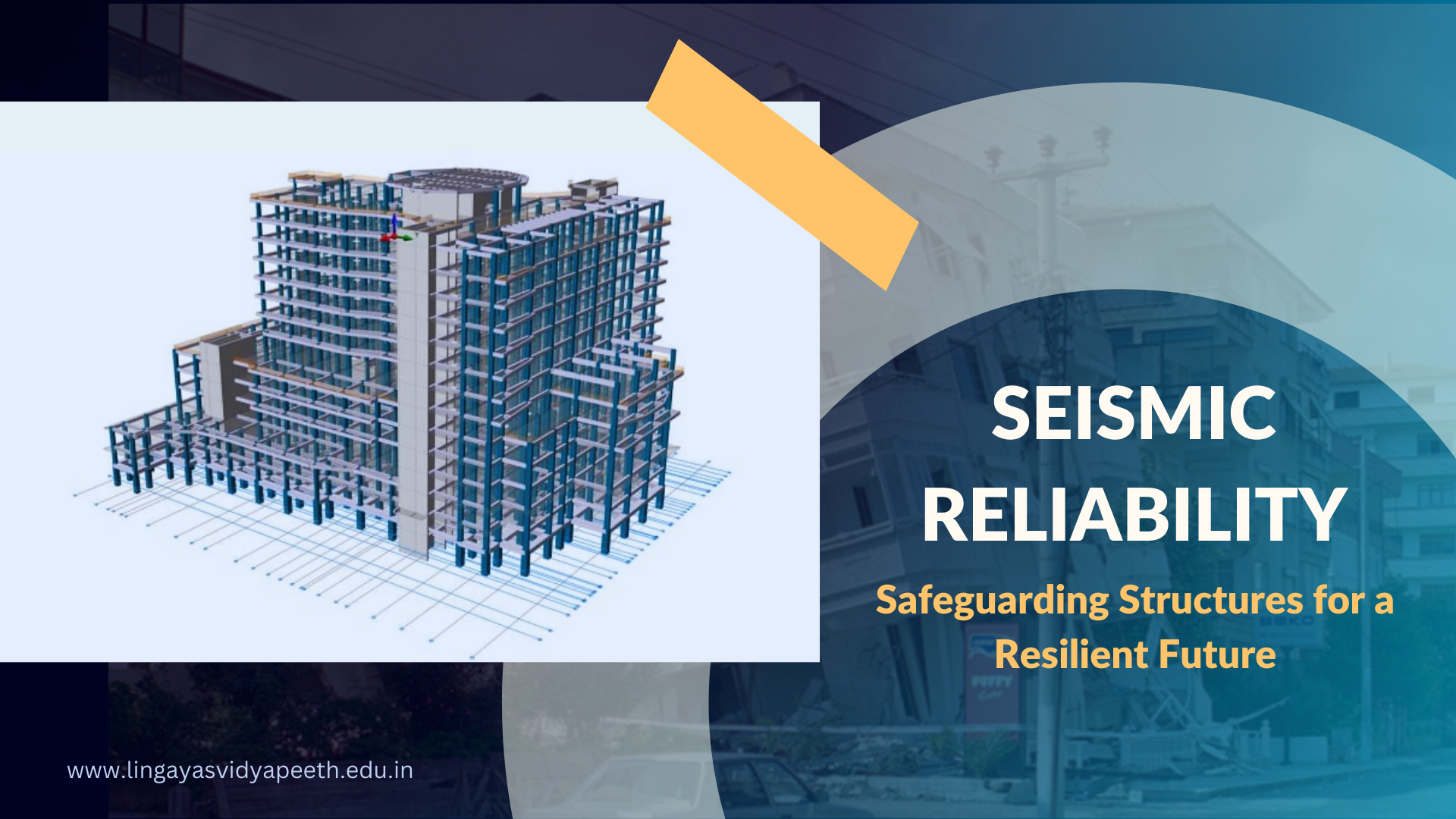Home » How Does Seismic Reliability Protect Critical Structures?

Earthquakes pose a significant threat to the stability and safety of structures, making seismic reliability a crucial aspect of engineering and construction. Whether it’s a residential building, a hospital, a bridge, or a nuclear power plant, the ability of a structure to withstand seismic forces is paramount.
In this blog, we’ll explore the concept of seismic reliability and the measures taken to ensure the resilience of important structures.
Earthquakes are natural disasters that can cause devastating effects on the built environment. The ground shakes due to the release of energy in the Earth’s crust, leading to seismic waves that can induce structural damage. The severity of the impact depends on factors such as the magnitude of the earthquake, the distance from the epicenter, and the local geological conditions.
Seismic reliability refers to the ability of a structure to resist seismic forces without suffering significant damage. This involves a combination of proper design, construction materials, and engineering techniques to ensure that a structure remains functional and safe during and after an earthquake.
Importance of Bamboo Reinforcement : A Comprehensive Guide for Civil Engineers
While significant progress has been made in enhancing seismic reliability, challenges persist. Retrofitting existing structures to meet modern seismic standards can be complex and expensive. Additionally, researchers continue to explore innovative materials and technologies to further improve seismic resilience.
Conclusion-
Seismic reliability is a multidimensional challenge that requires a holistic approach. Engineers, architects, and construction professionals must work collaboratively to create structures that not only meet current seismic standards but also adapt to evolving knowledge and technology. By prioritizing seismic resilience, we can build a safer and more sustainable built environment, protecting lives and minimizing the impact of earthquakes on our communities.
In the face of seismic challenges, the commitment to robust engineering practices ensures that our important structures stand tall, providing not just shelter but a sense of security in an unpredictable world.
From
Dr. Divyashree
Associate Professor & Head
Department of Civil Engineering
Lingaya’s Vidyapeeth
Top College in Faridabad for B.Tech/M.Tech Civil Engineering
RECENT POSTS
CATEGORIES
TAGS
Agriculture Agriculture future AI Architecture artificial intelligence Bachelor of Commerce BA English BA Psychology BTech AIML BTech CSE BTech cybersecurity BTech Engineering Business management career Career-Specific Education career guide career option career scope Civil engineering commerce and management Computer Science Computer science engineering Data science degree education Engineering Engineering students English Literature english program Fashion Design Fashion design course Higher Education Journalism journalism and mass communication law Law career Machine Learning mathematics MBA MBA specialization Mechanical Engineering Pharmacy Psychology Research and Development students
Nachauli, Jasana Road, Faridabad, Haryana
Address: C-72, Second Floor, Shivalik, Near Malviya Nagar,
Above HDFC Bank, New Delhi 110017
Landline No. - 011-46570515 / 45138169 / 41755703
Mobile No. - +91-7303152412 / +91-7303152420 / +91-9311321952
Toll Free: 1800-120-4613
Mobile : 8447744303 | 8447744304 | 8447744306 | 8447744309
8700003974 | 8700003411 | 8700003749
Copyrights © 1998 - 2026 Lingaya's Vidyapeeth (Deemed To Be University). All rights reserved.
LV only conducts physical/online verification of any document related to examination on the following email id:
It is important to note that the following email IDs and domains are fraudulent and do not belong to our university.